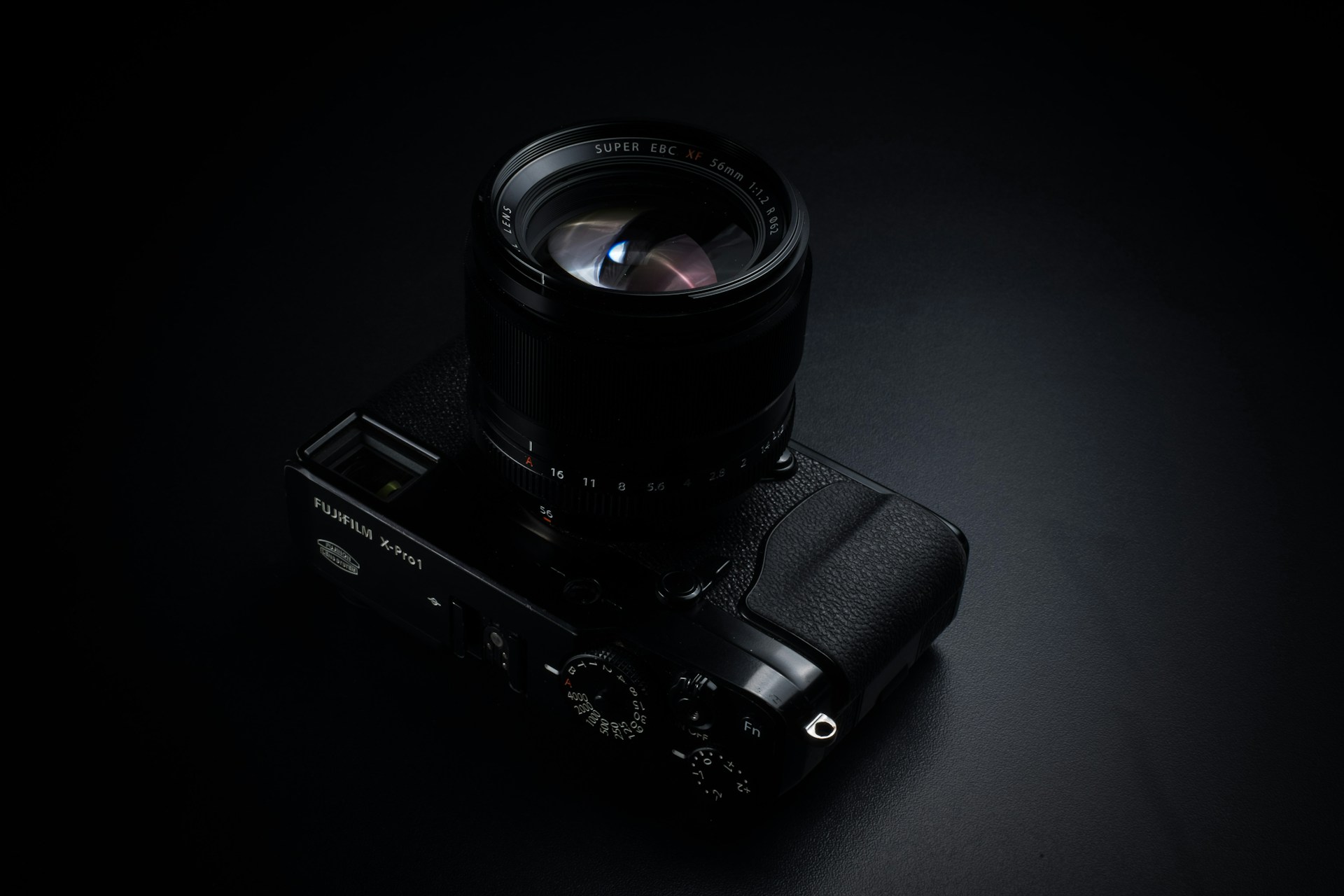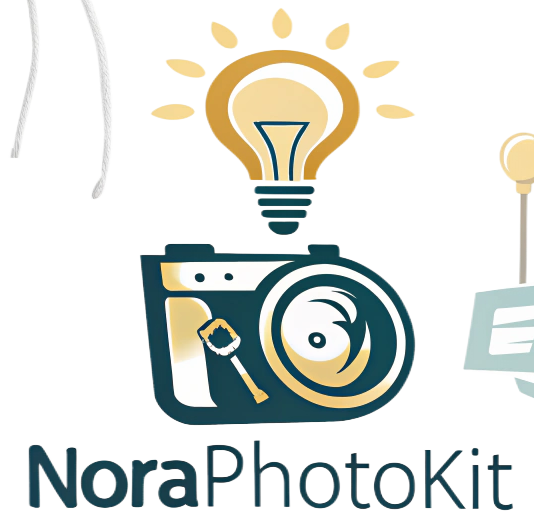
Photography is an art form that thrives on creativity, and while traditional gear can certainly enhance your craft, some of the most innovative ideas often come from thinking outside the box. It’s not always the high-end cameras and lenses that create the most striking images; sometimes, it’s the unconventional gear or tools that lead to the most unique and captivating shots. By repurposing everyday items and experimenting with alternative equipment, photographers can unlock new perspectives and push the boundaries of their work.
One of the easiest and most accessible unconventional gear hacks involves using old or simple objects as lenses. For example, a pair of magnifying glasses can function as a macro lens for extreme close-up shots. The beauty of this hack is that it can create a shallow depth of field, turning even the smallest details into striking focal points. If you don’t have a magnifying glass on hand, a camera lens cap can also be used to achieve a similar effect. By holding the lens cap against the camera lens and adjusting the focus, you can capture incredible macro shots of everyday objects in a way that’s both creative and cost-effective.
Another unconventional approach to photography gear is using transparent materials to manipulate light. A piece of colored plastic or a transparent water bottle can be held in front of the lens to create a striking color cast in your photos. This technique allows you to add a surreal, dreamlike effect to your images without using expensive filters or post-processing. You can also experiment with a simple piece of clear plastic or glass—hold it at different angles, and it will refract light in unique ways, producing interesting shapes and textures in your images.
For those looking to add dramatic lighting effects to their work, everyday objects like colanders, lace fabric, or even a strainer can serve as homemade light modifiers. When you shine a light through these objects, they cast intricate shadows and patterns onto your subjects, which can add a level of depth and artistry to the shot. This technique is particularly effective for portrait or still-life photography, where the shadows can enhance the mood or create a sense of intrigue. For a creative twist, you can even try shooting through a pair of glasses, which can distort and warp the light in fascinating ways.
When it comes to stabilization, not every photographer needs a pricey tripod or gimbal. A simple DIY solution can involve using everyday objects like books, coffee mugs, or even a jacket to stabilize your camera while shooting. For instance, when capturing long exposure shots, setting your camera on a stack of books can provide the perfect steady base. If you’re in a pinch, a simple string tripod can also work wonders—attach a piece of string to your camera’s tripod thread and step on the other end to keep the camera stable, reducing the chances of blurry photos.
Water and liquid have long been used in photography for their ability to create unique reflections and distortions, and they can be an unconventional way to add an artistic touch to your shots. For example, using a water droplet on your lens can create a beautiful bokeh effect and turn a simple shot into a work of art. You can also use a spray bottle to add mist or water droplets to surfaces, enhancing the texture of your images, especially in macro photography. Shooting through a rain-soaked window or using reflective puddles after a storm can also give your photos a dramatic, atmospheric feel.
Another quirky piece of unconventional gear comes in the form of old-school items, like a pair of binoculars. Holding binoculars in front of your camera lens can create a unique compression effect and turn distant subjects into something more intimate. This makes it a fun and cost-effective alternative to pricey telephoto lenses, especially for landscape or wildlife photographers looking to compress their scene without spending on expensive equipment.
Lastly, experimenting with DIY filters can offer a world of creative possibilities. For example, you can create a soft-focus filter by smearing a thin layer of petroleum jelly on a transparent plastic sheet and placing it in front of your lens. This effect can give your photos a nostalgic or ethereal quality, reminiscent of vintage or romantic film photography. Alternatively, colored plastic or cellophane can be used to give your images a pop of color, producing a surreal and cinematic effect without the need for expensive lens filters.
Thinking outside the lens and embracing unconventional photography gear opens up a world of creative opportunities. Sometimes, the simplest tools and everyday items can inspire the most original ideas and lead to surprising results. By repurposing household objects and experimenting with new techniques, photographers can push the limits of their creativity, capturing unique images that stand out from the crowd. Whether it’s using a magnifying glass as a macro lens or turning a colander into a light modifier, the possibilities for unconventional photography gear are endless, and the only limit is your imagination.
